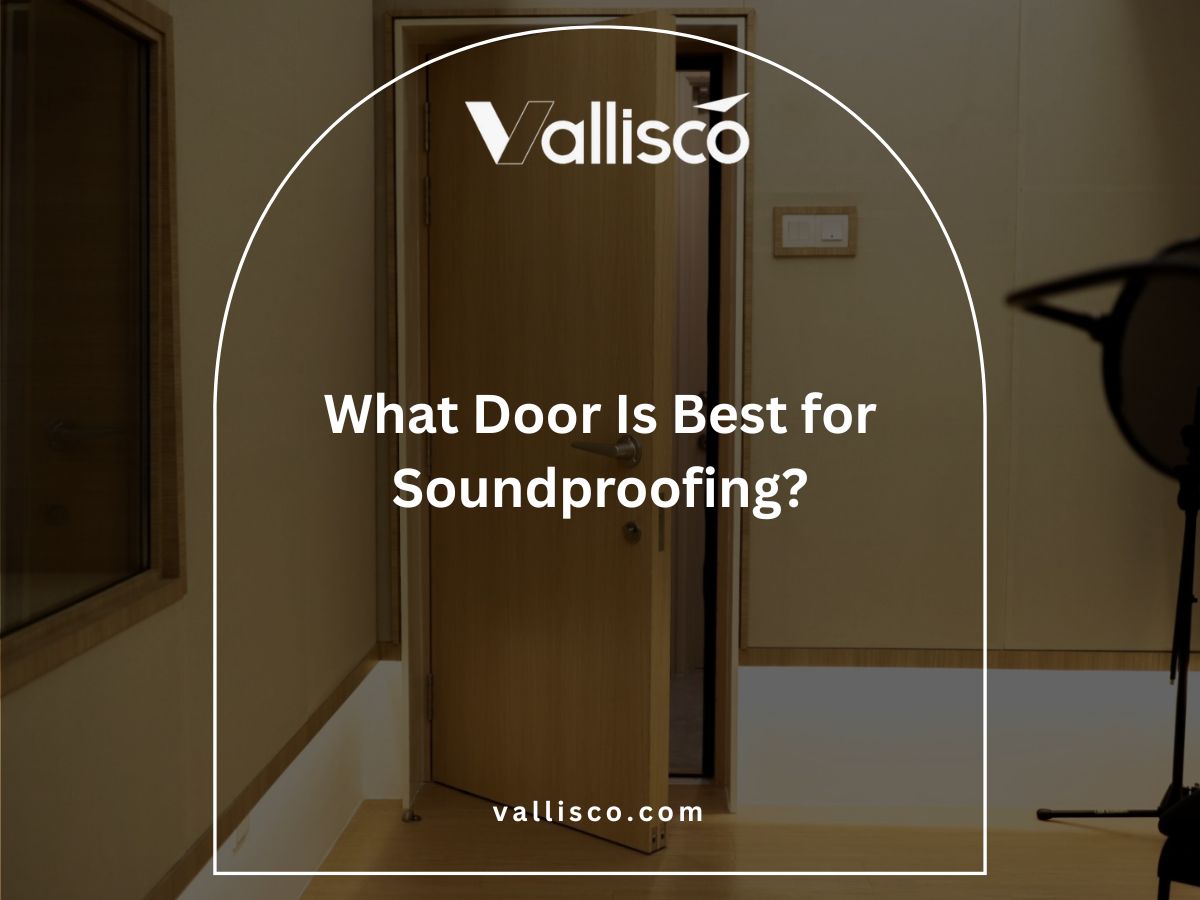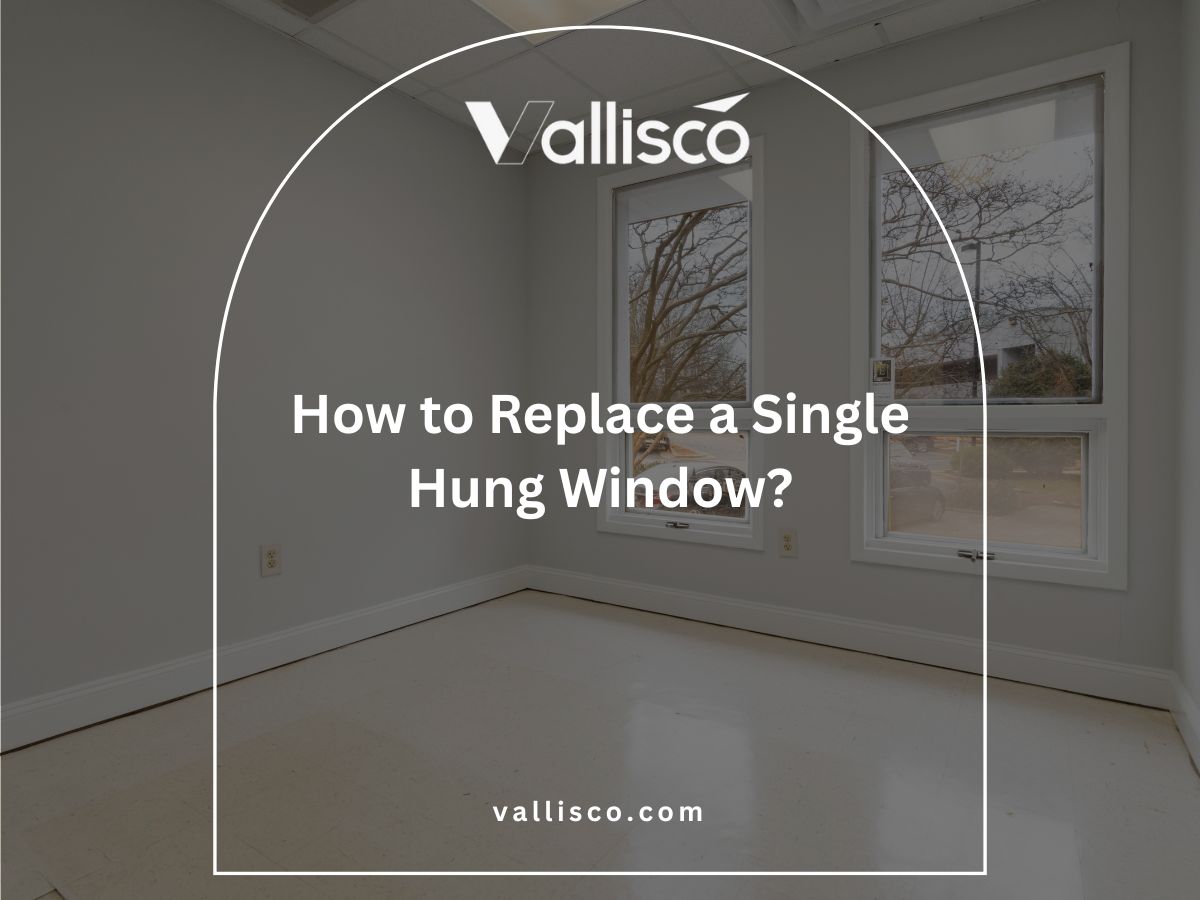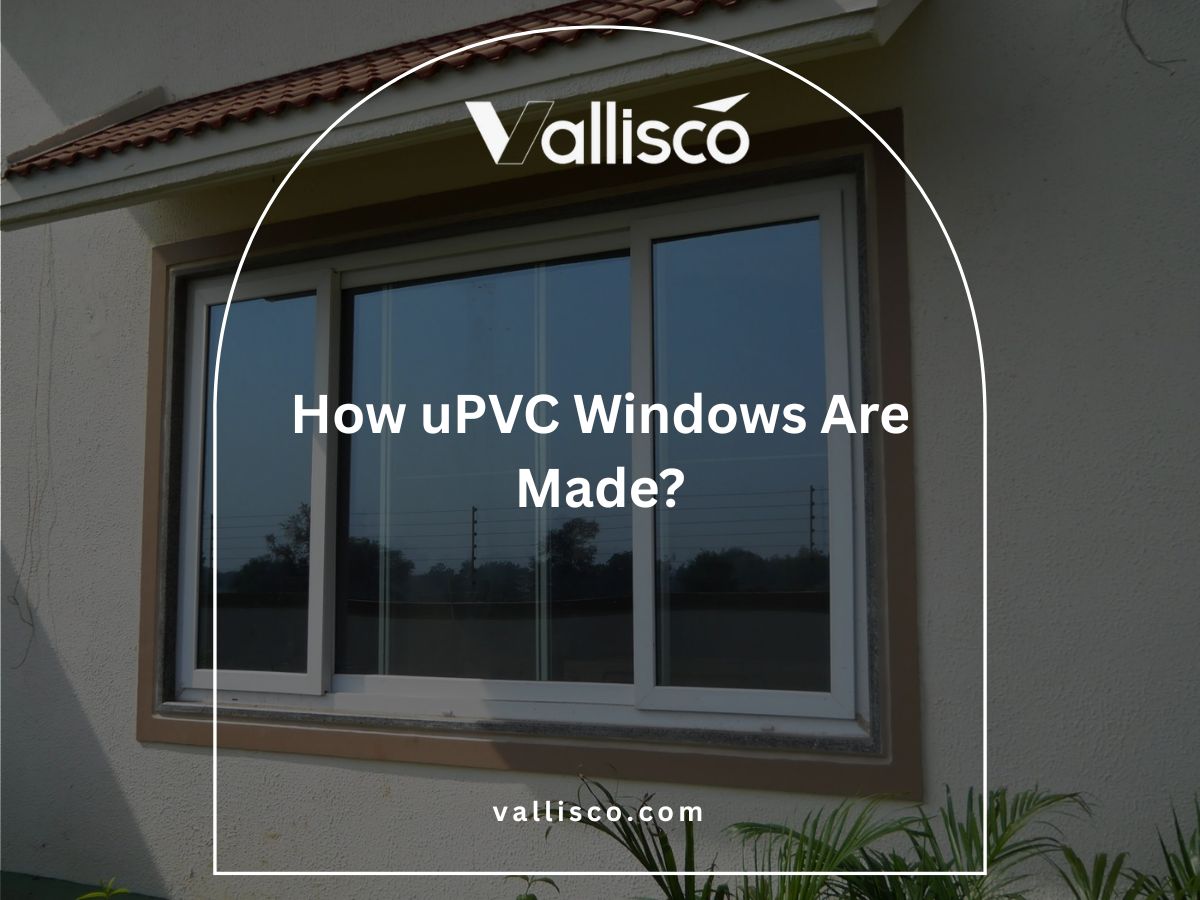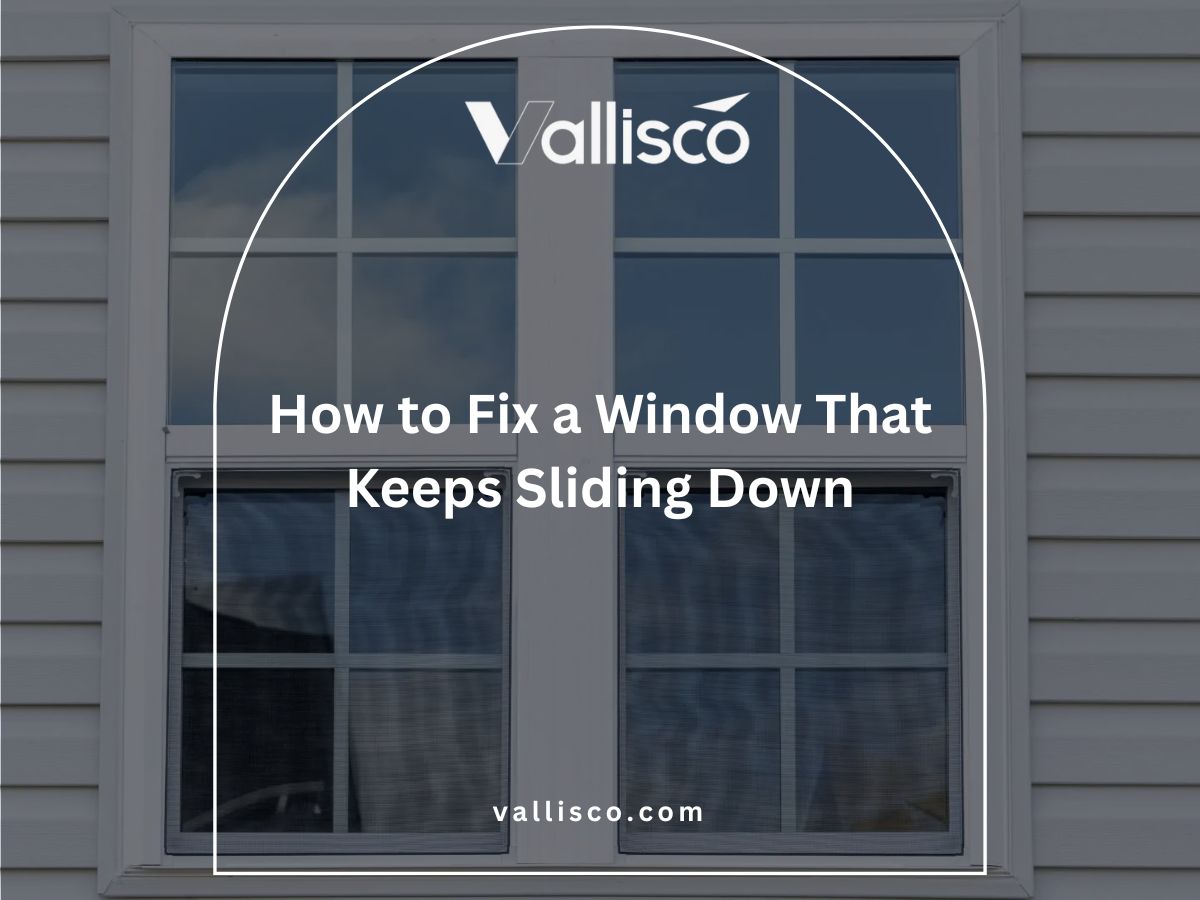During one renovation project I consulted on, the client swapped out standard windows for custom corner glass panels. The result? Guests kept mentioning the windows in their reviews.
That experience proved to me that windows aren’t just structural—they’re a key part of brand reputation.
Because I’ve been part of these projects firsthand, I know what works and what ends up being a costly mistake. That’s why this review is designed to give you the kind of advice you can actually act on.
You’ll discover eight hotel window designs in this article, each chosen for their proven impact on guest satisfaction and business results.
Think of it as a quick guide to turning “ordinary” rooms into memorable spaces.
Let’s get started!
Quick Comparison Chart
Choosing the right hotel window design isn’t just about looks, it’s about balancing guest experience, costs, and practicality. To help you compare quickly, here’s a chart summarizing the strengths, challenges, and best uses for each of the eight window types we’ve reviewed.
| Window Type | Key Benefit | Main Drawback | Impression | Best For |
| Floor-to-Ceiling | Big views, light | High cost | Bold, modern | Luxury, skylines |
| Sliding Glass | Saves space | Track wear | Clean, practical | Balconies, patios |
| French (Casement) | Elegant look | Needs clearance | Timeless, classic | Boutique, heritage |
| Bay | Extra space, nook | Complex build | Cozy, inviting | Scenic hotels |
| Picture | Panoramic view | No airflow | Simple, striking | Nature/urban views |
| Tilt & Turn | Flexible airflow | Costly hardware | Versatile, sleek | Modern, urban |
| Arched/Radius | Architectural charm | Custom expense | Unique, elegant | Luxury, design focus |
| Louvered | Adjustable airflow | Low insulation | Breezy, distinct | Tropical climates |
1. Floor-to-Ceiling Windows
Floor-to-ceiling windows have become a favorite feature in many modern hotels. They turn an ordinary room into something that feels open, bright, and unforgettable. If you’ve ever stepped into a space like this, you know how quickly it changes the mood and makes the stay feel more special.
Benefits of Floor-to-Ceiling Windows
- Creates a Spacious Feel: These windows make even small rooms appear larger and more welcoming. Guests notice the openness right away, which often translates into better reviews and repeat bookings.
- Maximizes Natural Light: By letting in plenty of daylight, floor-to-ceiling windows reduce the need for artificial lighting. This not only lowers energy costs but also boosts guest comfort and well-being.
- Connects Guests With the View: Whether it’s a skyline, beach, or mountains, these windows frame the scenery like art. The view becomes part of the room itself, adding lasting value to the guest experience.
Considerations for Hotel Owners
- Higher Installation Costs: While they deliver a striking effect, these windows do require more upfront investment. Owners should see it as a long-term business choice that pays off in guest satisfaction and loyalty.
- Privacy Management: Full-height glass can make some guests feel exposed. Well-placed curtains, shades, or tinted glass strike a balance between openness and comfort.
- Maintenance Demands: Larger windows mean more glass to clean inside and out. Regular upkeep ensures they always look sharp and guest-ready.
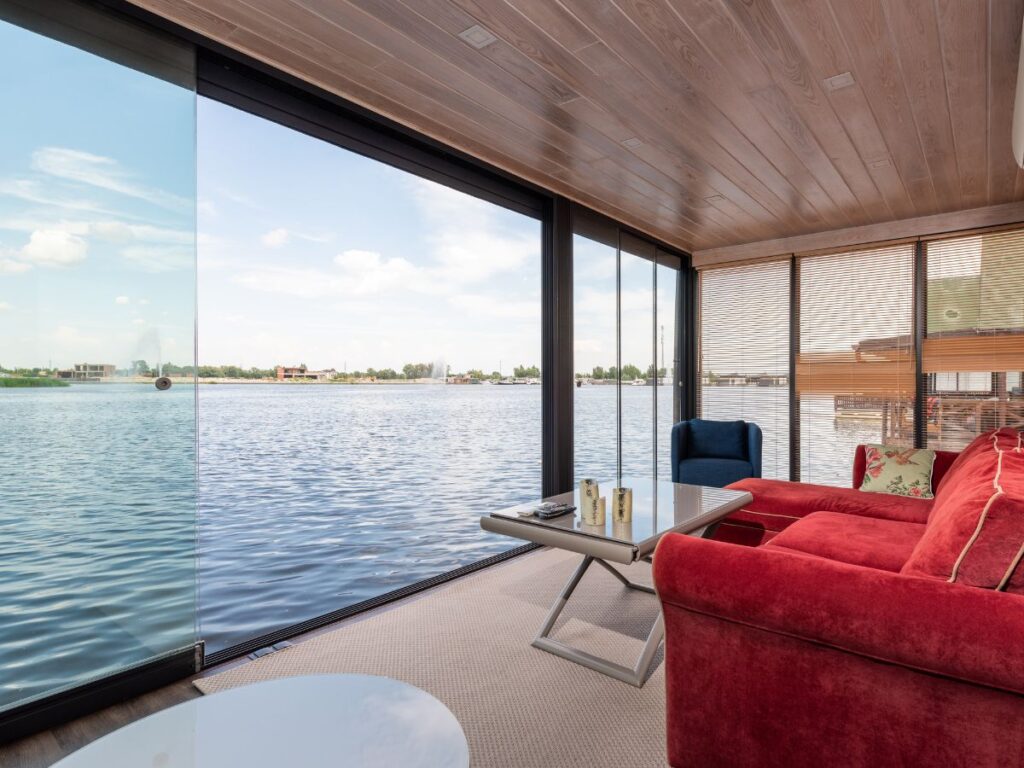
2. Sliding Glass Windows
I’ve always noticed how sliding glass windows instantly make a hotel room feel more open and inviting. Guests love being able to pull the window aside and step out onto a balcony or patio—it feels effortless. That little detail often leaves a bigger impression than most people expect.
Benefits of Sliding Glass Windows
- Space-Saving Design: Because they don’t swing in or out, sliding windows are perfect for tighter rooms. Guests get more usable space, and you don’t have to worry about furniture placement being restricted.
- Easy Indoor-Outdoor Access: The smooth slide makes it simple for guests to step outside. It’s a small convenience that goes a long way in making a stay feel relaxed and enjoyable.
- Simple, Modern Look: With their clean lines and slim frames, Vallisco’s sliding glass windows add a modern touch. They let the view do the talking while still giving the room a polished, upscale feel.
Considerations for Hotel Owners
- Durability Concerns: Tracks and rollers take a lot of use and can wear out quickly if they’re low quality. Choosing strong hardware keeps everything running smoothly and avoids constant repairs.
- Security Needs: Sliding glass can be a weak spot if overlooked. Reinforced locks and shatter-resistant glass give both you and your guests extra confidence.
- Energy Efficiency: Standard sliding windows can sometimes let in drafts. Opting for double-glazed or insulated glass keeps rooms comfortable and lowers energy costs in the long run.
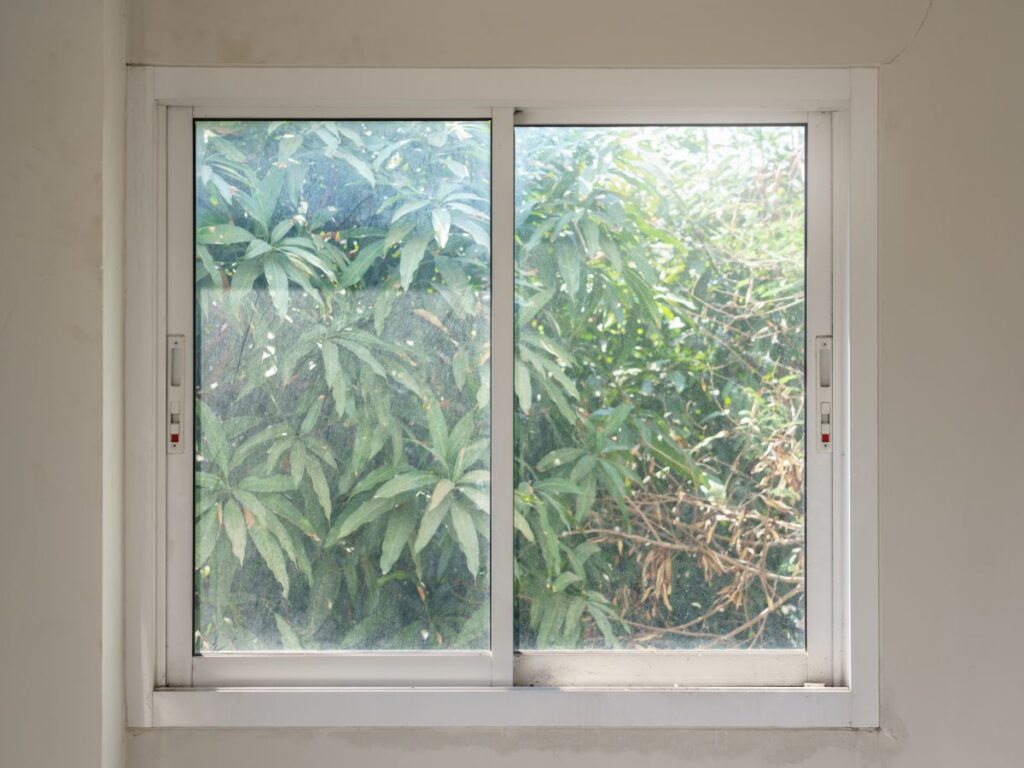
3. French Windows (Double Casement)
There’s something charming about walking into a room with French windows. When both panes swing open, the room feels instantly brighter and more connected to the outdoors. It’s the kind of touch that guests often describe as “elegant” in their reviews.
Benefits of French Windows
- Classic, Elegant Appeal: French windows bring a timeless design that adds character to any hotel room. Guests notice the detail and often associate it with a higher-end experience.
- Wide Open Access: Unlike sliding windows, these swing fully open, letting in fresh air and natural light. It creates a more immersive connection with the surroundings, especially in scenic locations.
- Versatile Design Options: They work with both modern and traditional architecture. Owners can customize frames, finishes, and glass to match their property’s overall style.
Considerations for Hotel Owners
- Space Requirements: Because they swing outward or inward, French windows need clearance to function properly. Careful planning is needed to avoid conflicts with furniture or outdoor walkways.
- Weather Resistance: In windy or rainy climates, these windows may need added sealing or stronger frames. Quality construction is key to avoiding drafts or water leaks.
- Maintenance Needs: Hinges and frames require regular upkeep to stay smooth and secure. Consistent maintenance helps preserve their charm and functionality for years.
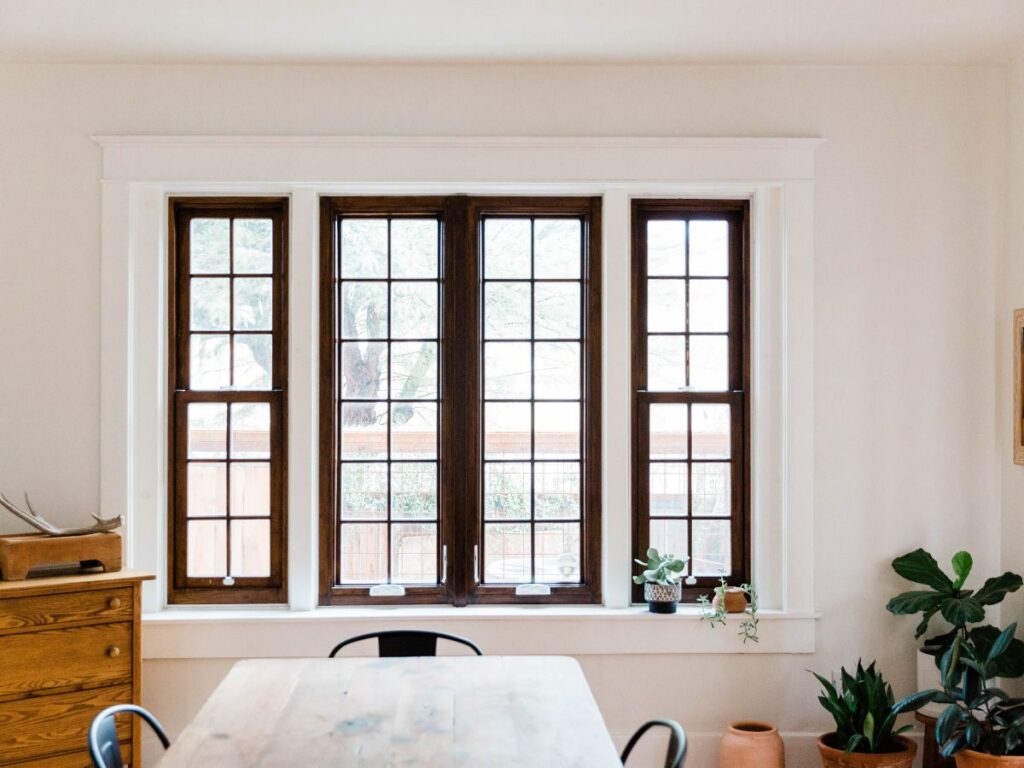
4. Bay Windows
I’ve always noticed how bay windows change the feeling of a hotel room the moment you step inside. They extend outward, creating a little nook that almost invites you to sit down with a coffee and take in the view. It’s a small design choice that leaves a lasting impression on guests.
Benefits of Bay Windows
- Adds Extra Space: Bay windows push out from the wall, giving the room more usable area. Guests often turn it into a cozy reading spot or a place to relax, which adds to their overall experience.
- Maximizes Views: The angled panels bring in light and capture scenery from more than one direction. This makes the view feel bigger and more dynamic, whether it’s nature or the city skyline.
- Inviting Atmosphere: Bay windows instantly add warmth and comfort to a room. Guests often describe the design as homelike and memorable, which can set your property apart.
Considerations for Hotel Owners
- Higher Construction Costs: Building out bay windows requires more materials and labor compared to flat windows. It’s an investment that boosts guest satisfaction but needs to be carefully planned.
- Structural Planning: Since bay windows project outward, they need strong support. Involving engineers ensures the design is safe and long-lasting.
- Cleaning Challenges: The angled glass panels aren’t always easy to reach. Regular maintenance keeps them spotless and guest-ready.
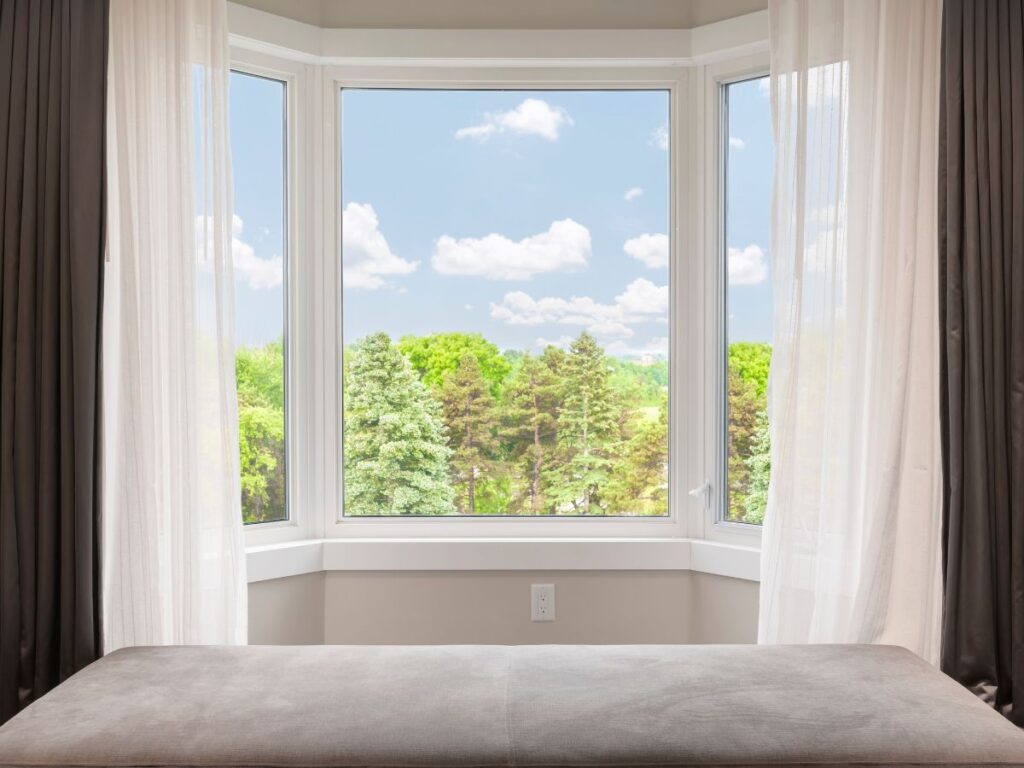
5. Picture Windows
There’s something striking about walking into a hotel room with a large picture window. It feels like the view itself has become artwork on the wall, and guests almost always stop to take it in. This simple design choice makes an ordinary stay feel far more memorable.
Benefits of Picture Windows
- Uninterrupted Views: Picture windows don’t have frames or sashes cutting across them. Guests enjoy a clear, wide view that becomes a natural focal point in the room.
- Natural Light Boost: Because they’re large and fixed, Vallisco’s picture windows flood rooms with daylight. This reduces the need for artificial lighting and creates a warm, inviting atmosphere.
- Low Maintenance Design: With no moving parts, picture windows are easy to maintain. They last longer with fewer repairs, saving costs for hotel owners.
Considerations for Hotel Owners
- No Ventilation: Since these windows don’t open, they don’t allow airflow. Owners often pair them with smaller operable windows to give guests fresh air options.
- Heat Gain and Loss: Large panes of glass can increase energy costs if not insulated properly. Double glazing or low-E glass helps balance comfort and efficiency.
- Privacy Concerns: The openness can sometimes make guests feel exposed. Strategic placement and optional window treatments can solve this issue.
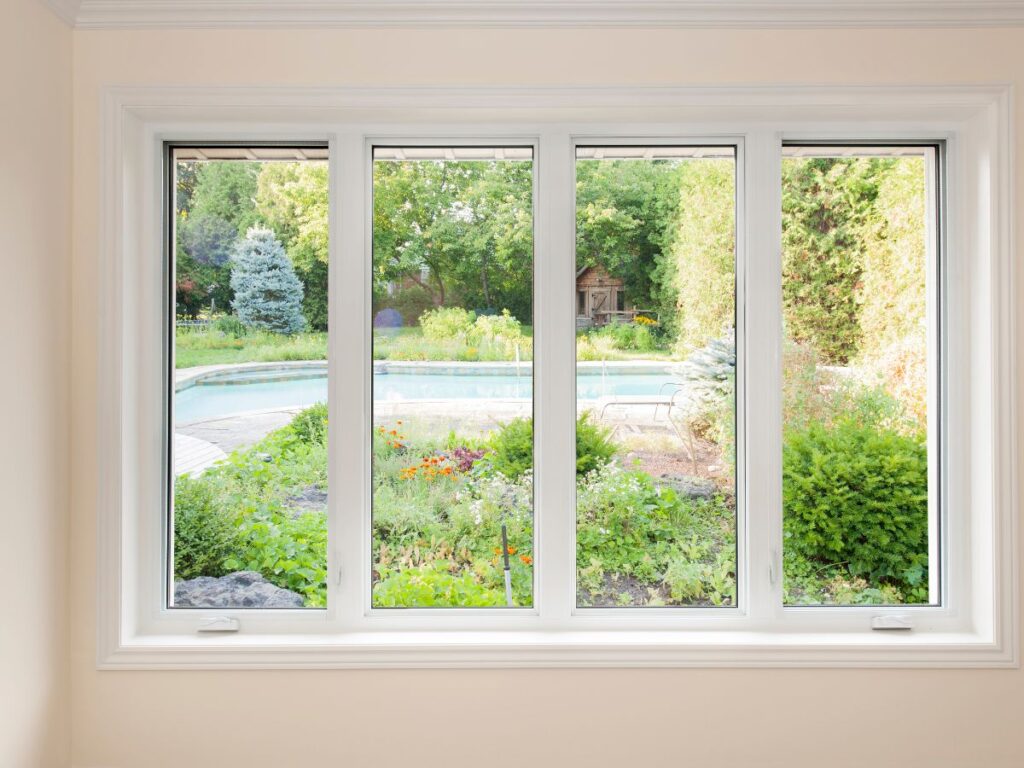
6. Tilt and Turn Windows
I remember the first time I saw tilt and turn windows in a hotel, it felt like two designs in one. Guests can tilt them slightly for a gentle breeze or swing them wide open for full ventilation. That flexibility makes the room feel more comfortable and thoughtfully designed.
Benefits of Tilt and Turn Windows
- Flexible Ventilation: Guests can tilt the window for safe, controlled airflow or open it fully when they want more fresh air. This adaptability creates a better experience for different preferences.
- Modern, Sleek Look: Tilt and turn windows fit well with contemporary hotel designs. Their minimalist style blends seamlessly into both luxury and business-focused spaces.
- Enhanced Safety: The tilt option provides airflow without the risk of someone leaning out too far. This makes them especially appealing for upper-floor rooms.
Considerations for Hotel Owners
- Higher Installation Costs: These windows come with specialized hardware and design. While more expensive upfront, they add value through durability and guest satisfaction.
- Training Guests: Some guests may not be familiar with how tilt and turn windows operate. Simple instructions in the room can prevent confusion or misuse.
- Maintenance Requirements: The multiple functions mean more moving parts. Regular inspections and upkeep keep the mechanisms working smoothly.
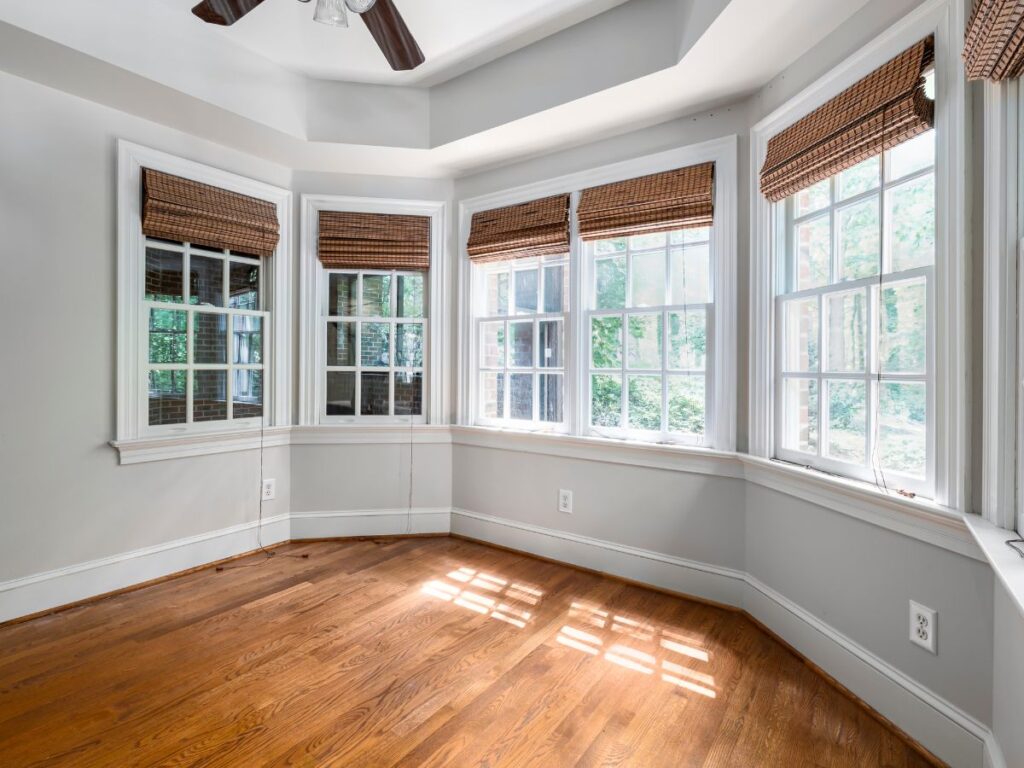
7. Arched or Radius Windows
Arched or radius windows bring a distinctive architectural touch to hotel design. The curved lines soften a space, add elegance, and draw attention upward, creating a sense of height and sophistication. This design choice often leaves guests with a lasting impression because it’s not as common as standard window shapes.
Benefits of Arched or Radius Windows
- Elegant Visual Appeal: The curved design adds sophistication and charm. Guests often describe these windows as unique and memorable, which boosts your property’s character.
- Creates a Focal Point: Arched windows naturally draw attention and frame the room. They become an architectural highlight that sets your property apart from competitors.
- Flexible Design Integration: Whether paired with modern glass walls or classic facades, arches fit into many styles. They give hotels design flexibility without losing impact.
Considerations for Hotel Owners
- Higher Customization Costs: Arched windows usually require custom manufacturing. The investment is higher, but the design payoff often justifies the cost.
- Complex Installation: Their unique shape demands more planning and skilled labor. Proper installation ensures durability and long-term performance.
- Cleaning and Maintenance: The curved glass can be harder to clean than flat panes. Regular upkeep helps maintain their standout appearance.

8. Louvered Windows
Louvered windows bring both style and function to hotel design. With adjustable slats, they allow guests to control airflow and light levels without fully opening the window. This makes them a practical choice for warm or tropical climates where ventilation is key.
Benefits of Louvered Windows
- Adjustable Ventilation: Guests can tilt the slats to let in just the right amount of air. This flexibility creates comfort without compromising privacy.
- Consistent Airflow: Even when partially closed, louvers keep fresh air circulating. This feature is especially useful for hotels in humid or coastal regions.
- Distinctive Style: The layered look of louvers adds character to a room. They stand out from standard window designs and can complement both modern and rustic architecture.
Considerations for Hotel Owners
- Lower Insulation Value: Louvered windows are less effective at blocking heat or cold. They work best in climates where year-round ventilation is more important than insulation.
- Security Concerns: The open-slat design can be a weaker point for safety if not reinforced. Strong materials and secure locking systems are essential.
- Maintenance Needs: Moving slats require regular cleaning and occasional adjustment. Proper care ensures they keep their smooth operation and stylish appearance.
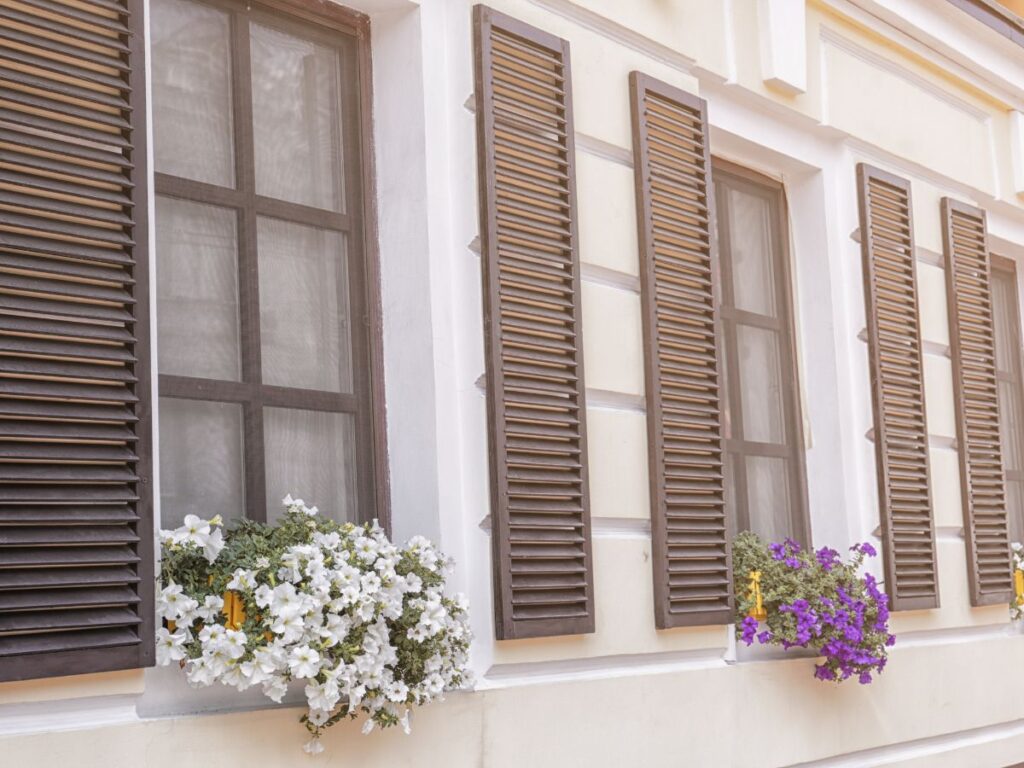
Conclusion
The eight designs we explored show you just how powerful windows can be when chosen with care.
From framing a view to boosting brand identity, these designs deliver lasting value.
Now, it’s your turn to make windows work for your business. Don’t leave your next project to chance—work with experts who understand design and function.
Contact Vallisco today, and let us help you bring your vision to life.
Recommended Reads for You
Interested in more? Here are some additional articles with insights and tips to keep you informed:
Still haven’t found what you’re looking for? Don’t hesitate to contact us. We’re available around the clock to assist you.



